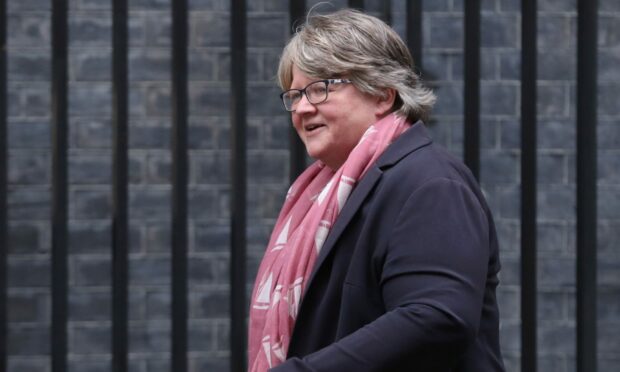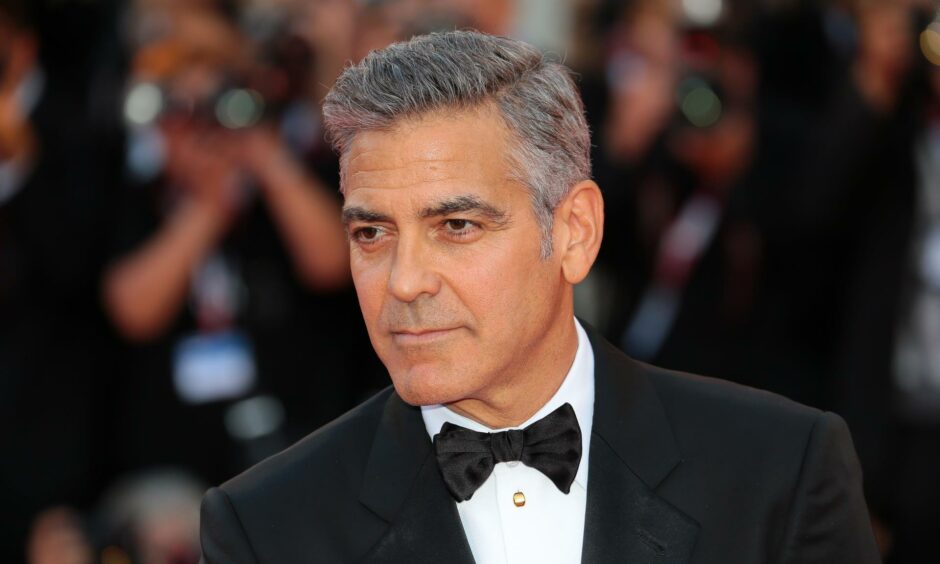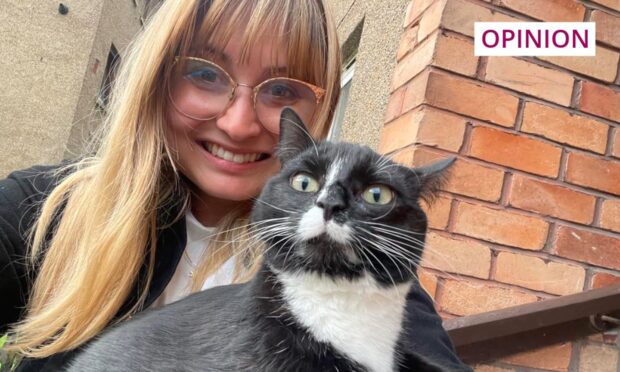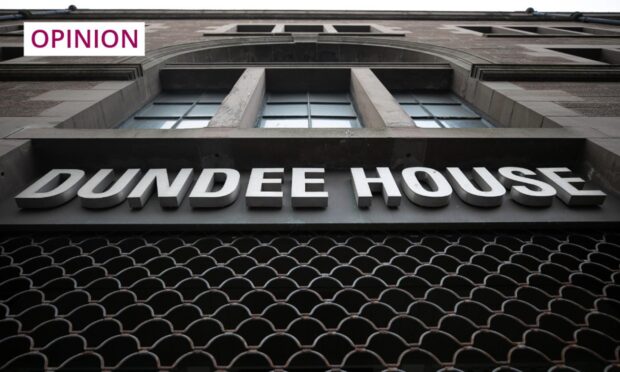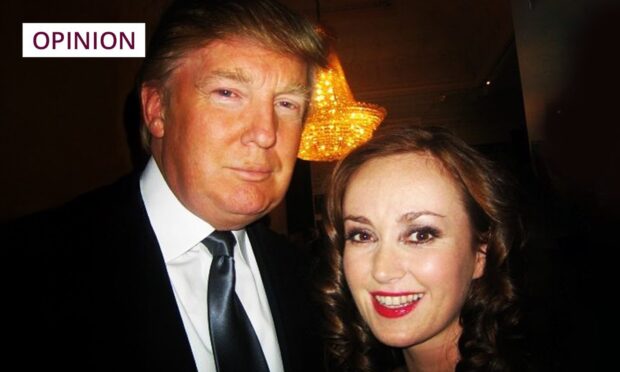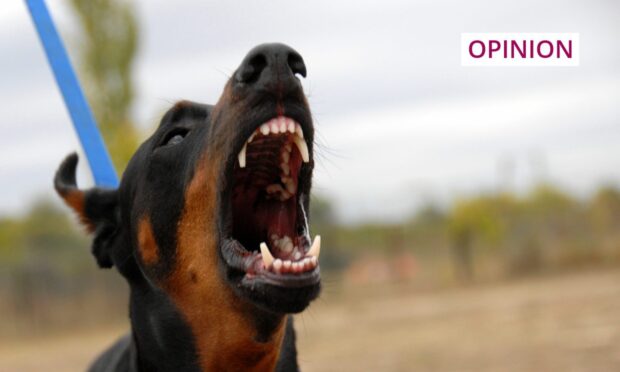I’m not often surprised by politicians. I expect little, and am rarely disappointed.
But our new Health Secretary, Therese Coffey, startled me this week with an intervention on a matter of grammar. Politicians don’t do this often.
In a directive issued to her staff Ms Coffey urged avoidance of jargon, which is fine, and advised against double negatives.
Again, perfectly reasonable. Let me add my weight to yours, Ms Coffey, in this worthy fight.
However, she went on to ban use of the Oxford comma.
What sort of madness is this? How did a once-proud nation like ours find itself in such reduced circumstance?
How will the NHS function without the Oxford comma?
I can see it now: a dimly-lit theatre during a tense operation. A hush as the fabric of life and death is unravelled. The surgeon, looking not unlike George Clooney, has set out written instructions to ensure the procedure goes smoothly.
George’s list reads: “At this point, have the scalpel, forceps, saline and orange juice ready”.
The assisting surgeon, a Ryan Reynolds-type figure, has a lovely saline and orange juice cocktail prepared for the moment. He does not suspect George had wanted saline – as well as a refreshing drink.
But if Ms Coffey’s edict is followed, the patient dies of orange juice poisoning (if such a thing exists). The next scene in my movie-like tale is a courtroom, with George sent to Alcatraz for the crime of negligence of Oxford commas (he escapes later, with the help of Julia Roberts).
Because “have the scalpel, forceps, saline, and orange juice ready” (note the Oxford comma after “saline”) is a precise, unambiguous instruction.
That’s what punctuation is for. It indicates how a sentence should be read.
So why did Therese Coffey put pen to paper?
My George Clooney example is, of course, facetious. But if that had been a list of drugs there is a risk, albeit vanishingly small, that oxycodone and morphine are regarded as one item.
Why a government minister should set her face against an intrinsic punctuation mark is a mystery to me.
There is a well-known meme (not that I usually like memes) circulating on the internet commenting on Oxford commas.
It goes: “We invited the strippers, JFK and Stalin”. The joke is, of course, that omission of an Oxford comma after JFK suggests the names of the strippers are JFK and Stalin.
As a way to embed the use of the Oxford comma in everyone’s consciousness, I’d like to change this meme slightly to conjure an image that, I hope, will live in your memory. “We invited the strippers, Boris and Therese.”
